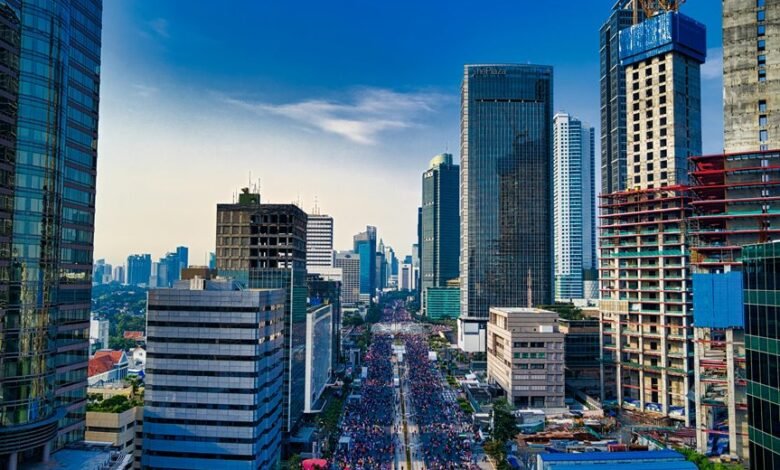Mutf_In: Kota_Infr_Econ_1powwrf

Mutf_In: Kota_Infr_Econ_1powwrf presents a structured approach to urban infrastructure economics. This framework aims to enhance urban living standards through efficient resource allocation and strategic planning. It underscores the significance of land use optimization and technological innovation in fostering economic growth. As cities evolve, understanding the implications of this framework becomes crucial. What specific strategies can be implemented to maximize urban efficiency and resilience in the face of growing challenges?
Understanding the Framework of Mutf_In: Kota_Infr_Econ_1powwrf
The framework of Mutf_In: Kota_Infr_Econ_1powwrf serves as a critical foundation for understanding the intricacies of urban infrastructure economics.
It emphasizes the significance of efficient urban planning and strategic resource allocation.
Key Components Driving Urban Efficiency
While various factors contribute to urban efficiency, several key components stand out as particularly influential.
Effective urban planning ensures optimal land use, fostering connectivity and accessibility.
Furthermore, robust resource management enhances the sustainability of urban environments, minimizing waste and maximizing utility.
Together, these elements create a framework that not only supports economic growth but also upholds the values of freedom and quality of life for urban residents.
Technological Innovations in Urban Infrastructure
Urban efficiency increasingly relies on the integration of technological innovations within infrastructure.
Smart cities embody this shift, leveraging digital transformation to optimize resource management, enhance mobility, and improve public services.
Data analytics and IoT applications facilitate real-time decision-making, fostering a more connected urban environment.
Economic Impacts and Sustainability Considerations
As cities increasingly adopt advanced technologies, their economic impacts and sustainability considerations become critical focal points for policymakers and planners.
Sustainable development initiatives can drive economic growth by fostering innovation, enhancing resource efficiency, and reducing environmental footprints.
However, balancing immediate economic benefits with long-term sustainability goals remains essential.
Strategic investments in infrastructure and technology must prioritize resilience and inclusivity to ensure equitable progress.
Conclusion
In conclusion, the Mutf_In: Kota_Infr_Econ_1powwrf framework emerges as a pivotal force in reshaping urban landscapes. As cities grapple with rapid change, the interplay of efficient resource allocation, technological advancements, and sustainable practices becomes paramount. Will these strategies be sufficient to meet the growing demands of urban populations? The answer lies in the careful implementation of these principles, which could either propel cities toward unprecedented resilience or leave them vulnerable in an ever-evolving economic landscape.




